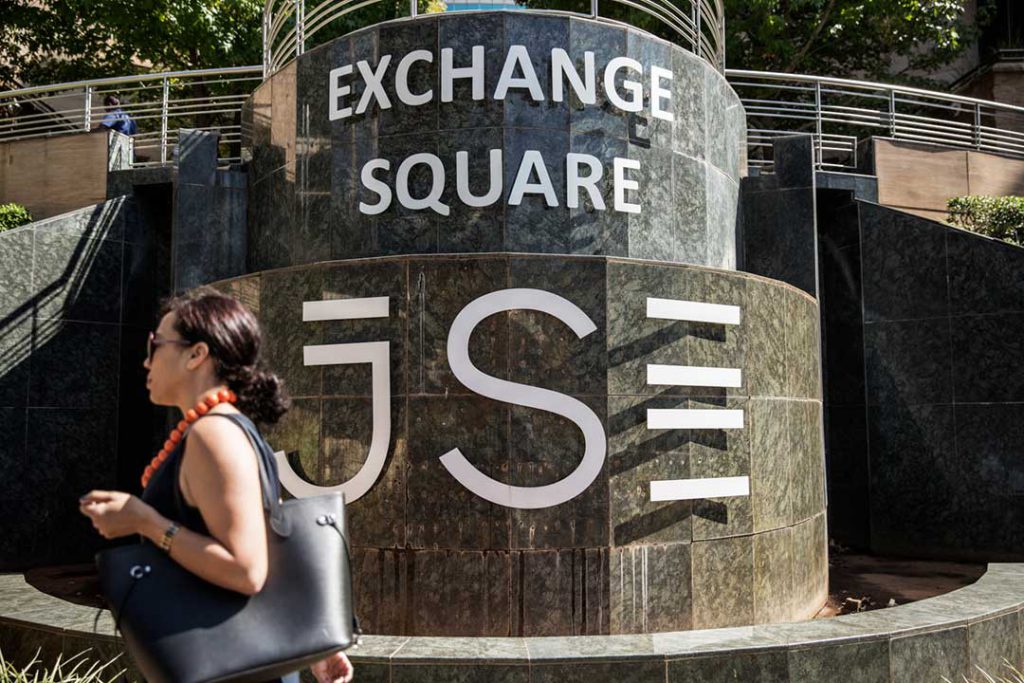
By Simon Allison
Ironically, Africa’s chronic economic underdevelopment may now be its greatest opportunity. After so many decades of sluggish economic growth and lagging far behind other continents, Africa can be regarded as a place of unmatched potential. In the post-crash world, where economies everywhere are stalling and investment opportunities are few, the received wisdom is that Africa is the last great untapped market. This does not mean, however, that investing in Africa is easy. Quite the opposite. When it comes to attracting foreign investment, the continent’s real challenge is to connect cash with opportunities. How can African countries make it easier to invest in African businesses? Historically, most foreign investment in Africa has occurred through private equity and this trend continues today. But private equity works only for certain types of investors — those with large pockets and long-term goals. In this context, institutional investors are becoming more interested in other options, especially Africa’s capital markets.
The rationale behind any stock exchange is simple. At their most basic, they are a place where companies can go shopping for capital — the money they need to expand their business. At the same time, they are a one-stop shop for investors who can back a range of companies in a transparent, regulated environment. By most estimates Africa has about 30 listed markets. These range from the Johannesburg Stock Exchange (JSE), which trades in more than 400 shares and is consistently rated as one of the most competitive stock exchanges in the world, to the tiny Rwandan Stock Exchange (RSE), which boasts only seven listed companies and is open for just three hours a day. The RSE, however, is more typical of the continent. In its 2014 “Bright Africa” report, investment advisory firm RisCura rates the quality of African stock exchanges according to their liquidity level, availability of information, governance, regulation, openness to foreign ownership and ease of capital flows. Only the JSE gets an A grade.
The Egyptian Stock Exchange (EGX) is next with a C, while the Nigerian Stock Exchange (NSE) receives an E — despite the country having the continent’s largest GDP, and arguably its most attractive investment destination. Most African exchanges are in the lowest categories, F and G. “Looking at some of the exchanges in the F and G categories, a common trend of significantly lower values traded, as well as lack of information in efficiency, ease of capital flows and openness to foreign ownership were observed,” said the “Bright Africa” report. “To put this in perspective, the combined value traded for the 15 exchanges in categories F and G is approximately 0.57% of that of the JSE.” In other words: most African stock exchanges are simply not up to scratch. This is largely a function of size, but other related challenges also play a part. One is liquidity, or how easily stocks can be bought and sold. This is important for investors because they need to know that they can sell their shares when they want to. But only the South African and Egyptian exchanges can match global average levels of liquidity. This problem is compounded in many countries by domestic investment regulations, which encourage major domestic investors such as pension funds to buy and hold local shares.
A second challenge is the high transaction costs of doing business on many African exchanges. In Zimbabwe, for example, it costs approximately 3.3% of the value traded to buy and then sell shares, which thwarts regular trading. “It’s still quite expensive to trade in Africa,” said Rory Ord, head of RisCura Fundamentals and editor of the “Bright Africa” report. “Investors need to have quite a long-term mindset. African exchanges are not places where you want to buy in one day and sell the next. Your transaction costs are simply too high to do that.” A third challenge is the type of shares traded, which typically focus on financial services, Mr Ord said. Some of Africa’s largest growth sectors — such as telecoms or manufacturing — are poorly represented on local exchanges. Investors wanting to access these markets will probably have to find another route. Investors also struggle to find large enough investments to justify the effort that goes into expanding into a new market. Despite these obstacles, Africa’s listed markets have made impressive progress over the past few years. Average growth for African exchanges between 2012 and 2014 was 16%, according to the “Bright Africa” report.
But more can be done to make African exchanges more attractive, and so spur growth even further. One option is to work towards consolidating some of Africa’s smaller bourses into regional exchanges. A regional exchange is far more than the sum of its parts because it offers a much greater number of shares than those available on local bourses and improves liquidity in the process. “Setting up larger regional stock exchanges could provide the liquidity, security and ease of access that investors crave,” wrote The Economist in January 2015. “For this to happen, the continent’s leaders would have to set aside national vanity and instead focus on enriching the capital diet for all.” Easier said than done, of course. “Even with obvious rewards such as a bigger market size, low costs and more liquidity, the conditions for regional integration are yet to mature,” explains Masimba Tafirenyika, editor-in-chief of the UN’s Africa Renewal online journal. the UN’s Africa Renewal online journal. “According to financial experts, progress would require African countries to harmonise their trading laws and accounting standards, set up convertible currencies and establish free trade among members.
Also, nationalism still plays a part: countries tend to treat stock markets as national symbols and therefore are not rushing to relinquish control.” The idea of regional stock exchanges sounds like common sense, but the continent only has two regional bourses, and their experience suggests that they are no panacea. The Bourse régionale des valeurs mobilières (BRVM), based in Abidjan, serves Benin, Burkina Faso, Guinea-Bissau, Côte d’Ivoire, Mali, Niger, Senegal and Togo, while the Bourse des valeurs mobilières de l’Afrique Centrale (BVMAC), in Libreville, serves the Central African Republic, Chad, Equatorial Guinea, Gabon and the Republic of Congo. These exchanges are an improvement on individual exchanges for each of their eight and five members respectively, but neither exchange has really made an impact. The market capitalisation of BRVM, the larger of the two, is still less than that of exchanges in Botswana, Cameroon or the Seychelles. Another option is to improve liquidity by encouraging more intra- African trade. At the moment, this is minimal, with the major exception of South African financial institutions investing elsewhere on the continent.
This is partly because of the paucity of African investors with sufficient capital, while national regulations often make it difficult to invest outside the domestic market. This problem is particularly pronounced when it comes to pension funds. “Each African country has its own set of rules” for pension funds, Mr Ord explained. “Some allow investment in other countries, others don’t. For example, Nigeria has quite conservative rules and they don’t allow investment outside of their own country except in very specific circumstances. So while they’re building institutional capital in that market, you’re not seeing investment in other parts of the continent. Similarly in Kenya.” Countries such as Botswana and Zambia do permit foreign investment, he added, but they typically invest outside the continent. However, “most countries have been liberalising. This is one of the areas we’re going to see growing as the different sets of regulations get relaxed. We’ll see more intra-African investment over time.” The African Securities Exchange Association, the umbrella body for Africa’s stock exchanges, is the critical player driving these changes. Currently, it has 25 members. Its intended role is to act as a clearing house for information and technical expertise so that members can learn from each other.
The association also pushes for common standards, better regulations and improved professionalism from members. Its ability to play this role will have a major impact on making Africa’s listed markets more attractive and easier to access over time. Ultimately, however, the fate of Africa’s capital markets rests with individual exchanges and the governments that regulate them. Key to unlocking their potential is to improve systems and automate trade, to make them as efficient and user-friendly as possible. At the same time, corporate governance must be raised to match international standards so that investors can trust that the opportunities on offer are as good as they look on paper. Finally, if the continent’s stock exchanges are really to succeed, governments need to create an investor-friendly regulatory climate that streamlines trade and investment. The logic behind this is simple: if a country makes it easy for capital to enter, then more of that capital will end up in stock markets. Africa’s listed exchanges are clearly vital to the continent’s continued economic development.
Already, the growth in investment flowing in their direction is impressive. Given their small size and poor liquidity levels, this shows that there is enormous interest in investing in Africa, and a desire to find ways to do so beyond the traditional private equity route. The question that we should all be asking, then, is: how much money could be raised if Africa’s stock exchanges were all as well-regulated and crucially, as liquid, as the JSE?
Simon Allison is the Africa correspondent for the Daily Maverick, based in Johannes- burg. He has previously reported from Egypt, Palestine and Somalia for the Asia Times Online and Agence France Presse.













